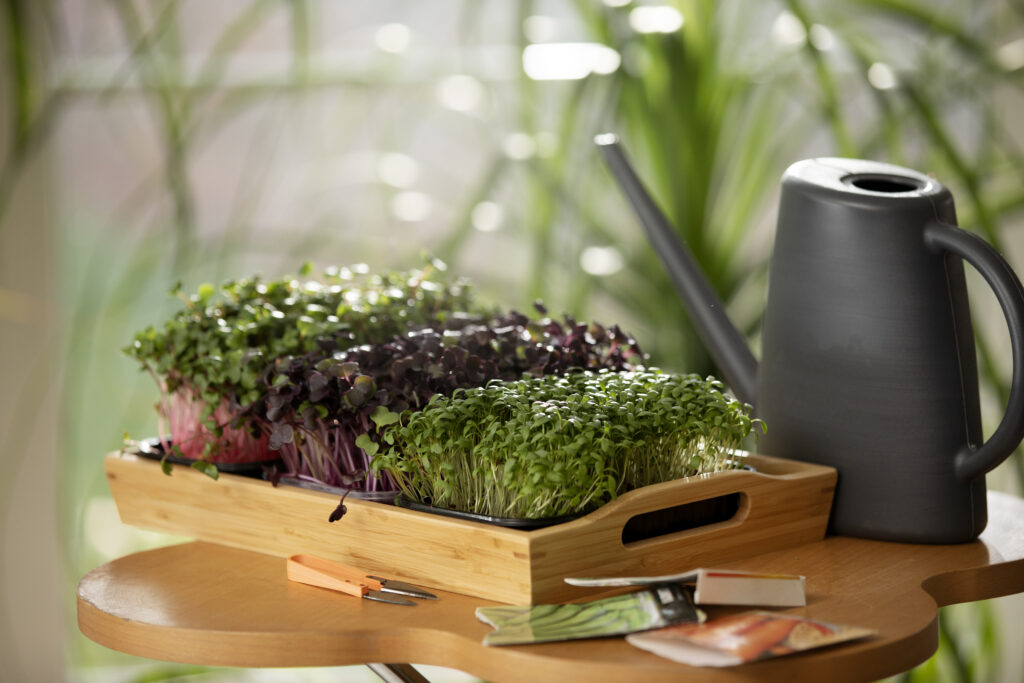
As grocery prices continue to soar, managing your food budget becomes crucial. Fortunately, there are several practical strategies you can implement to keep your grocery bill in check without sacrificing quality or nutrition. Here are ten detailed tips to help you save money at the supermarket.
1. Plan Your Meals
Meal planning is a powerful tool for reducing grocery expenses. By outlining your meals for the week, you can create a focused shopping list that includes only the items you need. Start by checking your pantry, refrigerator, and freezer to see what ingredients you already have. Then, plan meals around those items and supplement with items that are on sale or in season. This approach minimizes food waste and reduces the likelihood of making impulse purchases.
2. Make a Shopping List and Stick to It
Once you’ve planned your meals, make a detailed shopping list. Organize your list by categories such as produce, dairy, meats, and pantry items. This will help you navigate the store more efficiently and avoid sections that might tempt you to buy non-essential items. Sticking to your list is key to keeping your spending under control.
3. Buy in Bulk

Buying in bulk can lead to substantial savings, especially for non-perishable items and household essentials. Staples like rice, pasta, beans, and canned goods often cost less per unit when purchased in larger quantities. Consider joining a warehouse club like Costco or Sam’s Club, where you can buy bulk items at discounted prices. Additionally, bulk bins at grocery stores can offer great deals on grains, nuts, and spices.
4. Use Coupons and Loyalty Programs
Coupons and store loyalty programs are excellent ways to save money on groceries. Start by collecting coupons from newspapers, magazines, and online sources. Many grocery stores also offer digital coupons that you can load directly onto your store loyalty card. Cashback apps like Ibotta and Fetch Rewards provide rebates on groceries and can further reduce your overall costs. Sign up for store loyalty programs to receive discounts, special offers, and points that can be redeemed for future savings.
5. Opt for Store Brands
Store brands, also known as private labels, often offer the same quality as name brands but at a lower price. Items like cereals, canned goods, pasta, and cleaning supplies are typically available under store brands. Conduct a taste test with your family to identify which store brand products meet your standards. Switching to store brands can significantly cut your grocery bill.
6. Shop Sales and Clearance Racks
Weekly sales flyers and clearance sections are gold mines for budget-conscious shoppers. Check your local grocery store’s flyer for discounts on items you regularly purchase and plan your meals around these deals. Clearance racks often have products nearing their expiration dates or seasonal items that are being phased out. While the selection can be unpredictable, you can find excellent bargains that help stretch your budget.
7. Limit Processed and Pre-Packaged Foods

Processed and pre-packaged foods, while convenient, are usually more expensive than whole foods. Items like pre-cut fruits, pre-cooked meals, and snack packs come with a premium price tag. Instead, buy whole fruits and vegetables, grains, and proteins that you can prepare at home. Not only will this save you money, but it will also allow you to control the ingredients and nutritional content of your meals.
8. Buy Seasonal and Local Produce
Fruits and vegetables that are in season are generally cheaper and fresher than out-of-season produce. Local farmers’ markets often offer competitive prices on seasonal produce. Additionally, buying local supports your community’s economy and reduces the environmental impact associated with transporting food over long distances. Learn which fruits and vegetables are in season in your area and incorporate them into your meal plans.
9. Avoid Shopping When Hungry
Shopping on an empty stomach can lead to impulsive buying and unnecessary spending. When you’re hungry, you’re more likely to grab snacks and convenience foods that aren’t on your list. Eat a meal or snack before heading to the store to help you stay focused and make better purchasing decisions. This simple tactic can prevent unplanned additions to your cart and keep your grocery bill in check.
10. Grow Your Own Herbs and Vegetables

Growing your own herbs and vegetables is a cost-effective way to have fresh produce at your fingertips. Start with easy-to-grow plants like basil, mint, parsley, tomatoes, and lettuce. You don’t need a large garden to grow your own food; even a small balcony or windowsill can accommodate a few pots of herbs. Gardening not only saves money but also provides a rewarding and healthy hobby.
Additional Tips for Savvy Shopping
Take Advantage of Cashback Offers
Many credit cards offer cashback on grocery purchases. Use a card that rewards you for shopping at supermarkets to get a percentage of your spending back. Just make sure to pay off your balance each month to avoid interest charges.
Buy Frozen Fruits and Vegetables
Frozen produce is often just as nutritious as fresh and can be cheaper, especially when certain items are out of season. Stock up on frozen fruits and vegetables to use in smoothies, soups, and stir-fries.
Check Unit Prices
When comparing products, look at the unit price, which shows the cost per ounce, pound, or other unit of measure. This can help you determine which product offers the best value, especially when sizes and packaging differ.
Reduce Meat Consumption
Meat can be one of the most expensive items on your grocery list. Consider incorporating more plant-based meals into your diet, such as beans, lentils, and tofu, which are typically cheaper protein sources.
Cook in Batches
Preparing meals in large quantities and freezing portions for later can save time and money. Batch cooking reduces the need for takeout and allows you to buy ingredients in bulk, often at a lower cost.
Implementing these strategies can help you manage your grocery expenses more effectively, even as prices rise. By making thoughtful changes to your shopping habits, you can enjoy nutritious meals without breaking the bank.





Leave a Reply